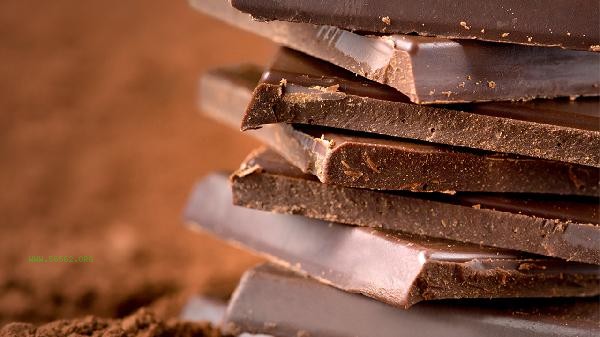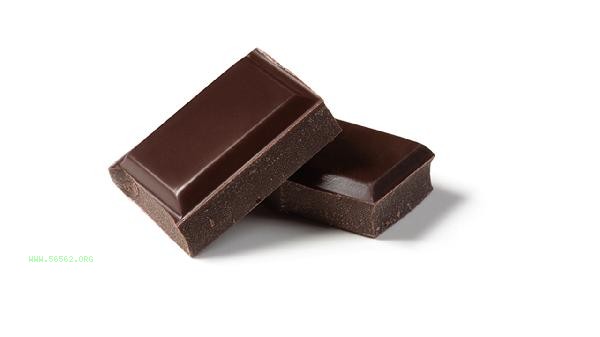During the weight loss period, it is recommended to consume dark chocolate in moderation. It is suggested to choose varieties with a cocoa content of over 70% and control the daily intake within 20 grams. The impact of chocolate on weight loss mainly depends on the selection of types, consumption amount, intake time, and individual metabolic differences.

1. Variety selection:
Dark chocolate is a relatively ideal choice during weight loss, with high cocoa content, low sugar content, and rich antioxidant polyphenols. Milk chocolate and white chocolate usually have a sugar content of over 50%, high calorie density, and a significant glycemic index, which is not conducive to weight control. Research has shown that dark chocolate with a cocoa content of over 85% has a stronger sense of satiety and can reduce the desire to eat later.
2. Serving size:
The recommended daily intake is within 20 grams, providing approximately 100-120 calories. Overconsumption of more than 50 grams of chocolate at a time can increase the risk of daily calorie surplus by 50%, especially for varieties with nut filling, which can have 1.8 times more calories than regular chocolate. Suggest using small packaging to control intake.
3. Timing of intake:

Consuming 5-10 grams of dark chocolate one hour before exercise can improve exercise performance, and the theobromine it contains can promote fat breakdown. Avoid nighttime intake, as the body's metabolic efficiency for sugar decreases by 35% after 8 pm. A study found that pairing a small amount of chocolate with breakfast can help stabilize blood sugar fluctuations throughout the day.
4. Metabolic differences:
Insulin sensitive individuals have better tolerance to sugar in chocolate, while insulin resistant individuals are more likely to stimulate fat synthesis due to sugar intake. Individuals with a higher basal metabolic rate can consume an additional 5-10 grams of chocolate per day without affecting their weight loss effect. People with a tendency towards chocolate addiction should completely avoid it.
5. Alternative:
Cocoa powder is a better choice, containing only 20 calories per 100 grams and no added sugar. Chocolate sauce made with dates or bananas paired with pure cocoa powder can meet the taste requirements. Raw cocoa beans are rich in dietary fiber, and adding them to yogurt can prolong satiety for more than 3 hours.

During weight loss, it is necessary to establish a scientific diet plan for consuming chocolate. It is recommended to include chocolate in the daily calorie budget as a substitute for other snacks rather than adding extra intake. Paired with 30 minutes of aerobic exercise daily, it can offset the calorie burden caused by chocolate. Pay attention to the trend of weight changes, and if there is a stagnation for two consecutive weeks, consider reducing or suspending chocolate intake. When choosing chocolate, carefully check the nutrition chart and avoid products containing trans fatty acids such as cocoa butter and hydrogenated vegetable oil. Maintain dietary diversity, chocolate should not exceed 20% of the total daily snacks.



Comments (0)
Leave a Comment
No comments yet
Be the first to share your thoughts!